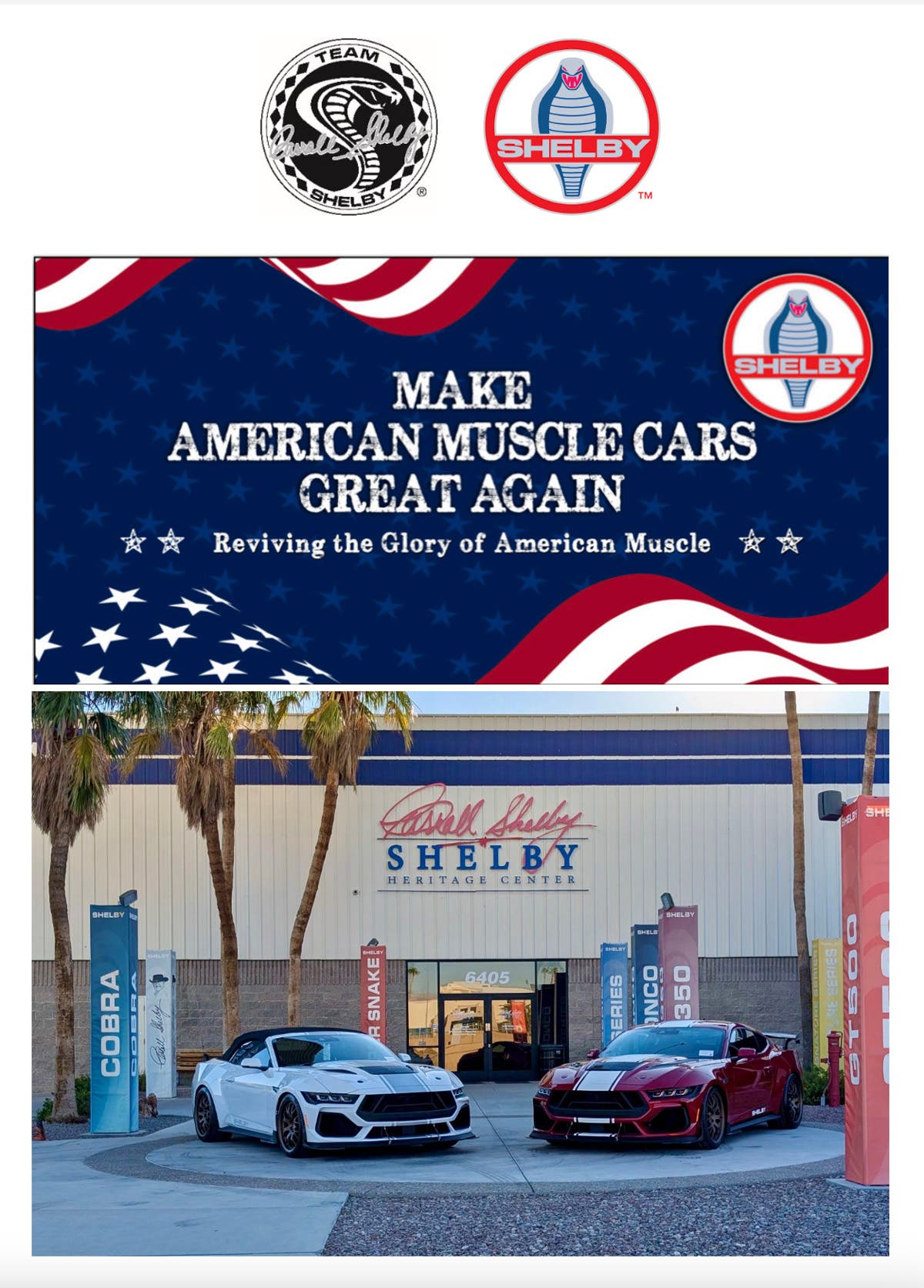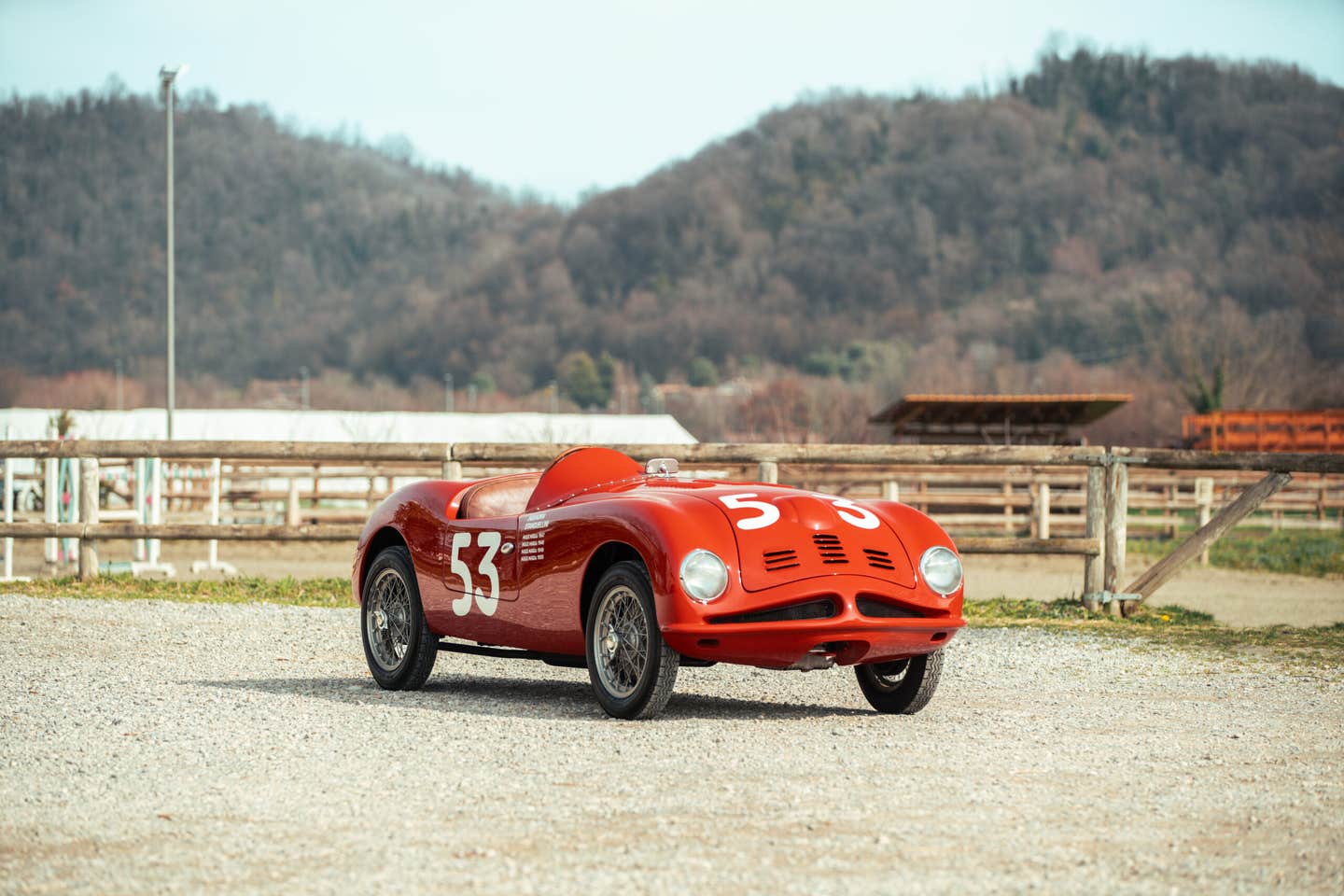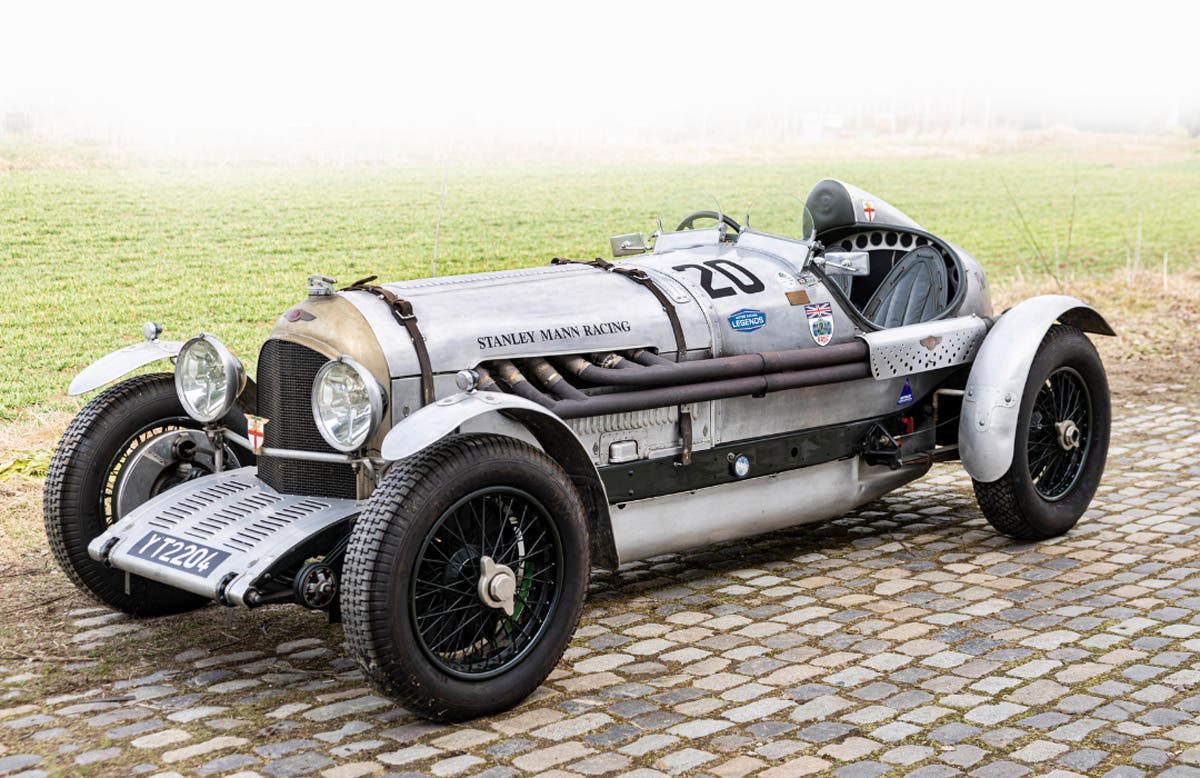NATMUS has ultra rare Kaiser Carabela on display
The National Automotive & Truck Museum of the U. S. in Auburn, Ind., is proudly displaying one of the most rare Kaiser automobiles ever made.
The National Automotive & Truck Museum of the U. S. in Auburn, Ind., is proudly displaying one of the most rare Kaiser automobiles ever made.
By 1955, Kaiser was pretty much out of the car building business in the United States. Industrias Kaiser Argentina (IKA) was born on Jan. 19, 1955, in Santa Isabel, Argentina. With a partnership between Henry J. Kaiser and the Argentine government it was agreed to start producing fine vehicles in Argentina. In 1958, production of the Kaiser Carabela started. It was basically the same as the 1955 Kaiser Manhattan. Incidentally, 1,021 of the 1,231 Manhattans built in the U.S. were shipped to Argentina.
IKA produced many vehicles over the years, but found one of the most popular was the Carabela. Production of the Carabela ceased in 1961. Industrias Kaiser Argentina built the very last Kaiser Carabela in November 1961. That particular Carabela was shipped to Toledo, Ohio, to have air conditioning installed. Then it was shipped to Hawaii with its pink aluminum wheels and pink and white striped interior. The proud new owner was none other than Henry J. Kaiser himself. There are two plaques on the car: One bearing the signature of Mr. Kaiser and the other with the inscription “Manufactured for Henry J. Kaiser, Industrias Kaiser Argentina.”
The last Kaiser Manhattan made sets on display in the main rotunda of the National Automotive & Truck Museum for all visitors to view and read it history. There are some dings and dents that reflect its use by Mr. Kaiser. The current owner (3rd owner) says it is documented that there are only two things on the car that are not original. They are the battery and the oil. They don’t much more original than that.
Stop by and see this rare vehicle along with the other prototypes, one of a kind, muscle cars and trucks that fill the 105,000 sq. ft. museum.
To learn more, visit www.natmus.org.








